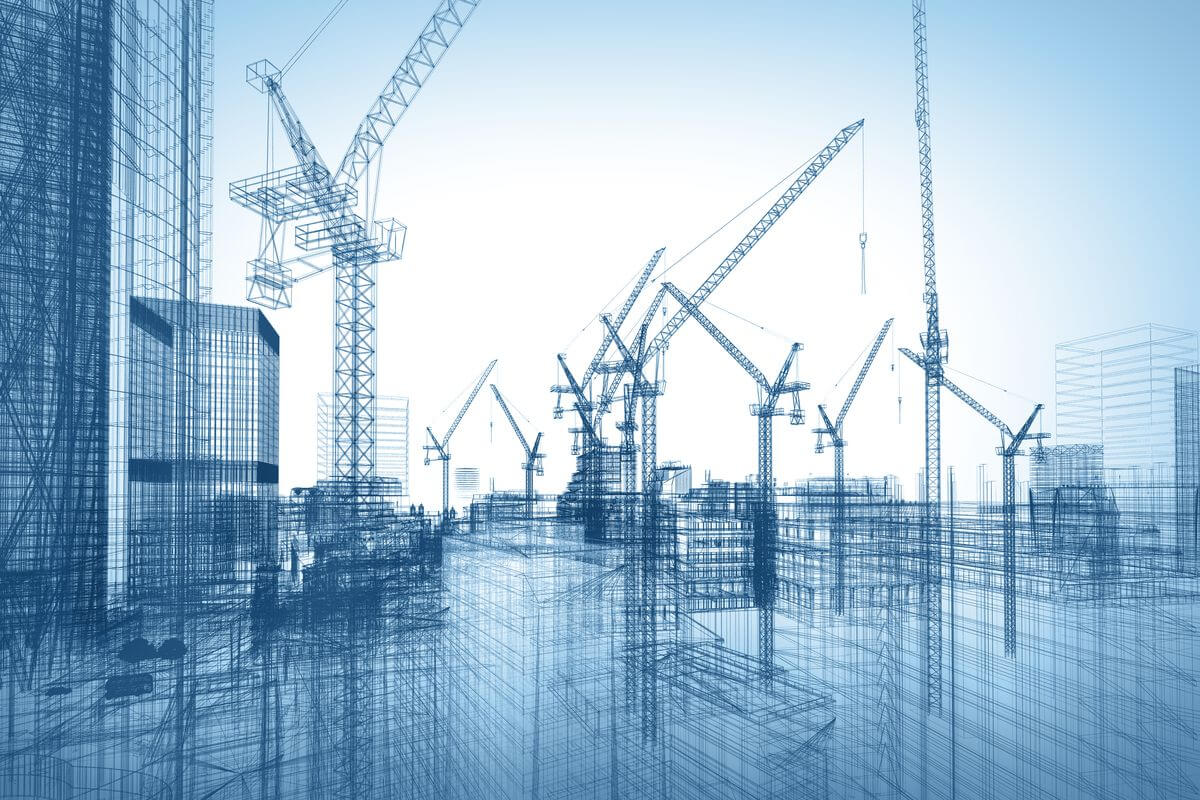Why do you even need to fix something that’s not also broken, to begin with? In the construction industry, a lot of companies still rely on spreadsheets, manual data entry, and paperwork despite all the technological advances taking place. What’s the reason behind this? One of which is that they don’t have enough budget for such, which means a lack of proper training, and so, workers aren’t fully ready to embrace new technology.
It’s essential for construction workers to realize that construction technology is more than just a fun new toy or fad. They should recognize that there are a lot of practical applications that can be done with new technology, and the benefits of modernizing the current processes are something we can’t ignore.
This also implies that if a construction company wants to stay on top, they should be willing to integrate new approaches into their workflows and strategy. These cutting edge technologies are changing how the construction industry work at a rapid pace, and it will definitely have a significant impact on how future projects will be completed.

Here are the 4 types of construction techniques that you will start to see on the job site.
1. BIM
The best way to describe BIM is that it’s almost similar to CAD or Computer Aided Design. What makes it different though is that it’s made explicitly for 3D design with the purpose of turning it to digital models that would be used for the building project. However, if we’ll talk about the capabilities it offers, there’s a long list of things to discuss.
One of which is that it would allow you to create a visually appealing 3D model of the building as it’s capable of producing several layers of metadata and connects them within the collaborative workflow.
No wonder why more than 30% of builders are using BIM software, and based on studies, the use of BIM is being required in the UK already.
With BIM, it allows better collaboration because each person is entitled to add a piece to the same model, instead of having it in multiple versions. It also helps in problem solve as clash detection is fully automated.
2. Drones
Drones are known to be one of the best technological innovations to date. The beautiful thing about them is that they allow you to conduct site surveys efficiently and accurately instead of relying on a team of workers. They’re also cheaper as compared to aerial imagine but offers high-resolution images. The data collected could also be used to create 3D maps and models, as well as taking volume measurements.
Another great benefit of drones is that they can inspect hard to reach places, that can also be dangerous for humans. Progress on a job site can also be monitored through this.
3. Mobile Technology
Mobile technology used to be just part of fun and games, but times have changed. Nowadays, apps are becoming more of the norm, especially in the construction industry and there’s a valid explanation for that. The convenience and portability smartphones and tablets have to offer are just some of the few things that we cannot ignore.
All of these promote better communication, and it also allows the construction workers to perform their tasks efficiently. As this type of technology is being integrated into the construction industry, everything becomes more straightforward and lesser upfront investment is necessary.
Furthermore, it also offers significant benefits and improves productivity in day-to-day operations. That’s why if you want to ensure success, you can always start with implementing the right technology in the workplace.
With mobile technology, you’ll also be able to save time and keep track of the project as it will be able to move forward faster through the use of real-time updates, which also implies that the information you’ll gather would be easily accessible for revisions and if necessary, you can use it to report a problem with the project manager even off-site.
4. Wearables
Wearables are having a significant impact on job site safety as well as risk management. For example, smart helmets are embedded with sensors that are capable of communicating with bright orange cones. They also come with augmented reality display, as well as a wide-angle camera and depth sensor for accurate monitoring of the area. Through this, project managers will be able to evaluate the job site better.